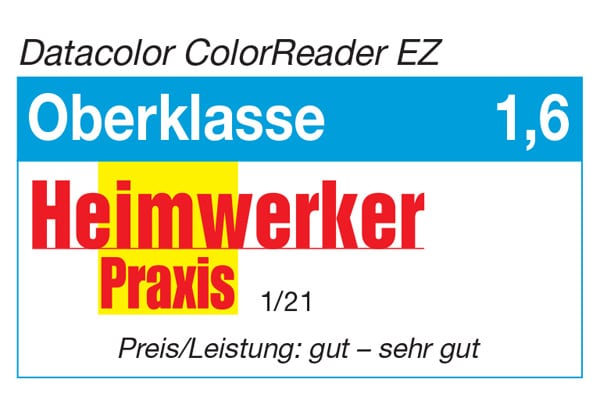© 2025 Datacolor All Rights Reserved.
Close
Buy Now, Pay Later with Shop Pay
Choose Shop Pay at checkout and pay in 4 interest-free installments on orders between $50 and $3,000.*
- Interest free
- No late fees
- No hidden fees
- No impact on your credit score
- No surprises
How it Works:
- Choose Shop Pay at checkout
- Pay in 4 interest-free installments
- Your card will be billed every 2 weeks
- It’s as easy as that!
Shop Pay installments in partnership with
* Payment options are offered by Affirm and are subject to eligibility check and might not be available in all states. California residents: Affirm Loan Services, LLC is licensed by the Department of Business Oversight. Loans are made or arranged pursuant to California Financing Law license.
Close
Shipping charge and method
United States and Canada
- Flat-rate fee of $5.95 (USD*) on all orders
- Standard 3–5 day shipping
*Canada shipping charges will be based on current currency conversion rates










Can’t Sleep? Maybe It’s Your Bedroom Color
Your environment is critical when it comes to getting a good night’s sleep. Room temperature, light and noise levels, all play a part in ensuring you’re relaxed and comfortable enough to drift off for the night. But what about the color of your bedroom when it comes to catching 40 winks? Can that affect your quality of sleep?
Some colors, such as reds, are naturally more stimulating than others, triggering the hypothalamus region of the brain to produce more cortisol, which can keep you awake. Conversely, non-stimulating colors, like blues, trigger the brain to produce more melatonin, which helps you to fall asleep.
But color is complex – scientifically, it’s a function of light, but our perception of color (and consequently how it makes us feel) is a mix of many factors, including the number of color rods and cones we have in our eyes, how developed our ability to discern color is, our health, medications we may be taking, cultural and societal influences, personal experiences – so it’s little wonder that one person’s “perfect” bedroom color isn’t necessarily another’s.
When it comes to finding the “right” color for your bedroom, it’s important to tap into what makes you feel your most comfortable and relaxed. For some people, it may be soft neutrals, reminiscent of the soothing colors of nature. For others, deep, rich hues elicit a sense of sheltered coziness. Perhaps you like to awaken to bright cheerful colors, or golden hues that evoke the feeling of a beautiful, sunny day.
So where do you start when it comes to picking the right bedroom color? Keep these three things in mind:
1. How Do You Want to Feel – What kind of surroundings make you feel most relaxed and at ease? The open expanses and quiet colors of the shoreline? Or do you find peace being enveloped in the deep, verdant hues of a forest? Do bright hues lift your spirits and start your day off on the right note or do you crave a cozy space, with deep jewel tones or the inky shades of the evening sky?
2. Which Colors Do You Love? – Once you’ve determined which surroundings make you feel most relaxed, explore which colors in these places you’re most drawn to – here’s where the ColorReader EZ can help. Carry the portable device with you to the beach to measure a shell whose color captured your eye, or thumb through the digital fan decks to find the blues of the skies and sea you love. Find the perfect green leaf the next time you’re hiking in the forest and scan its color with your ColorReader EZ. Have a cozy sweater in a color you love that makes you feel extra comfortable? Scan it with the ColorReader EZ to find its paint match for your bedroom so you can surround yourself with one of your favorite shades.
3. Go Greyed – Opt for more complex or “greyed” versions of your favorite hues. With pigmented colors like paint, the purer the pigmented color, the greater its saturation and intensity. That’s why even if you add a lot of white to a pure pigment, it may be lighter in color, but it will still look bright. Most paint colors (including whites) are a mixture of a variety of hues, which softens their intensity while adding depth (think undertones). So if you want to feel like you’re waking up in a room bathed in sunlight, consider a creamy buttery tone or soft ochre over a more pure-pigmented lemon yellow.
Related Posts
Vignettes: Designer Styling for Every Size Space
2023 Paint Color Trends for the Home
The Secret To Taking Your Interior Design To The Next Level